Category: Wearables
-
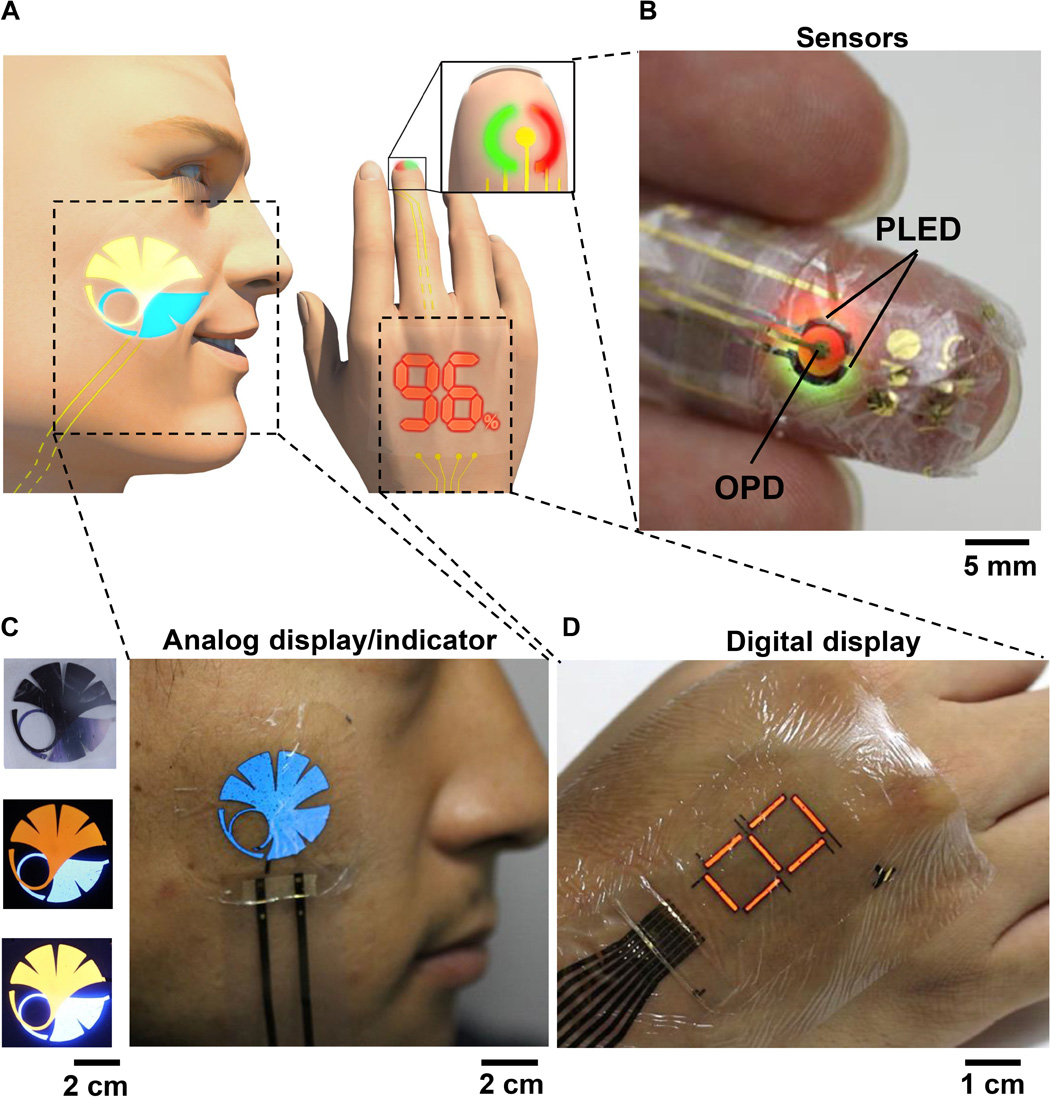
Ultraflexible OLED “skin” can monitor pulse, blood oxygen
Takao Someya has developed OLED-embedded electronic “skin” for health monitoring applications –particularly pulse monitoring and blood oxygen sensing — at the University of Tokyo. It is thin, and can move with the skin and body, eliminating the need for rigid glass or plastic substrates, and potentially replacing health monitoring devices. Previous attempts at skin-display tech could only…
-
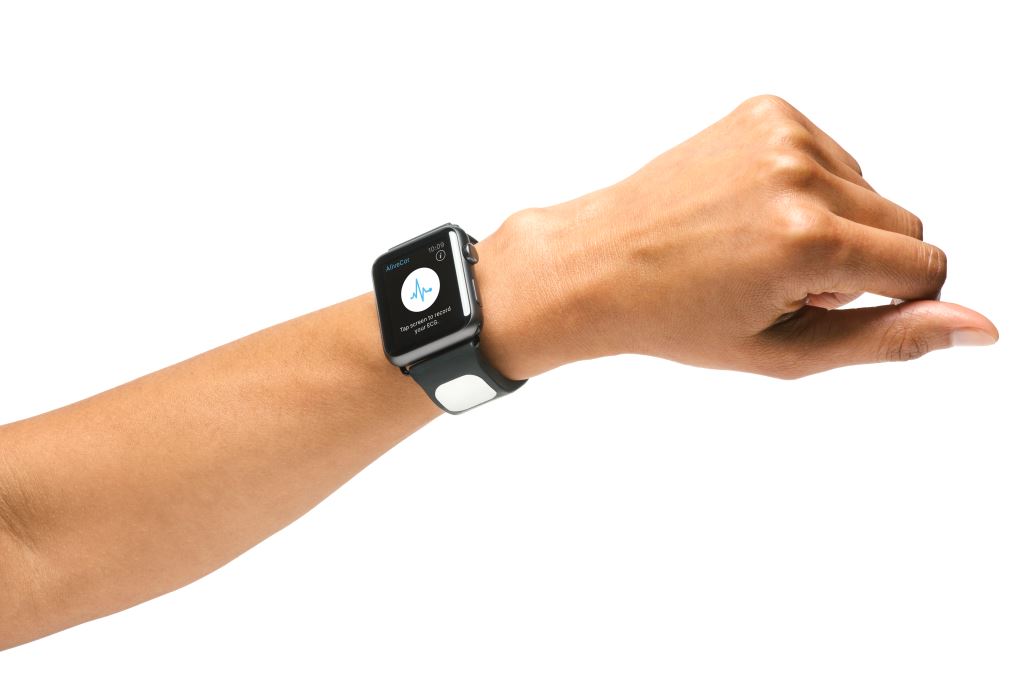
Wrist-worn wearable detects Atrial Fibrillation, sends alerts
AliveCor is known for its FDA approved mobile EKG, which attaches to a phone or tablet. The company has just announced Kardia – an Apple Watch band that, when a sensor is pressed and paired with an app, can provide and accurate EKG, incorporate a user’s spoken symptoms into its analysis, and share data. AliveCor said that…
-

Apple developing health event detection / notification wearable
Apple’s has filed a patent application for a “Care Event Detection and Alerts” wearable that communicates with a phone to monitor user vital signs and notify carers. Events that can be detected include “a car crash, a bike accident, a medical emergency such as a heart attack or an aneurysm, separation of a child from…
-

Voice controlled wearable supports sight-impaired mobility
Toyota’s Project BLAID is a camera based assistive device concept, meant to help the visually impaired identify bathrooms, escalators, stairs, elevators, doors, signs, and logos. The wearable, which is in an early stage of development, is worn on the shoulders, wrapped around the neck, like an electronic scarf. It will be controlled by voice commands, and relay…
-
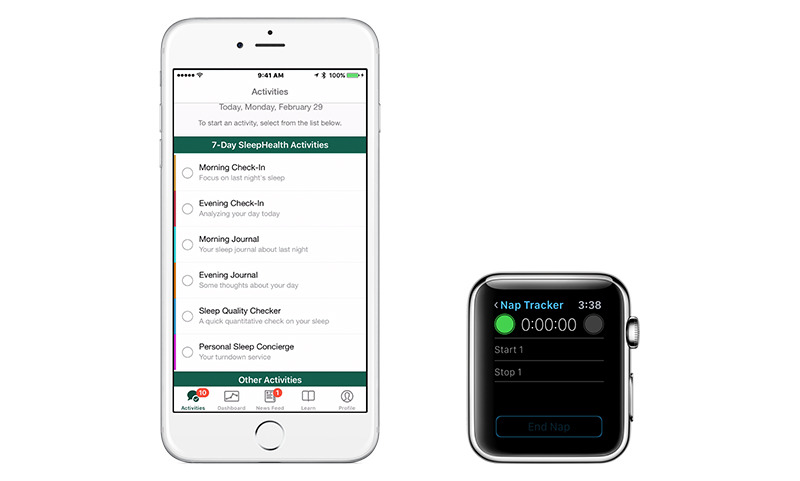
Sleep app uses wearable sensors, cloud analytics
The American Sleep Apnea Association, Apple and IBM have begun a study about the impact of sleep quality on daily activity level, alertness, productivity, health and medical conditions. iPhone and Apple Watch sensors and the ResearchKit framework collect data from healthy and unhealthy sleepers, which is sent to the Watson Health Cloud. The SleepHealth app uses the watch’s heart rate…
-
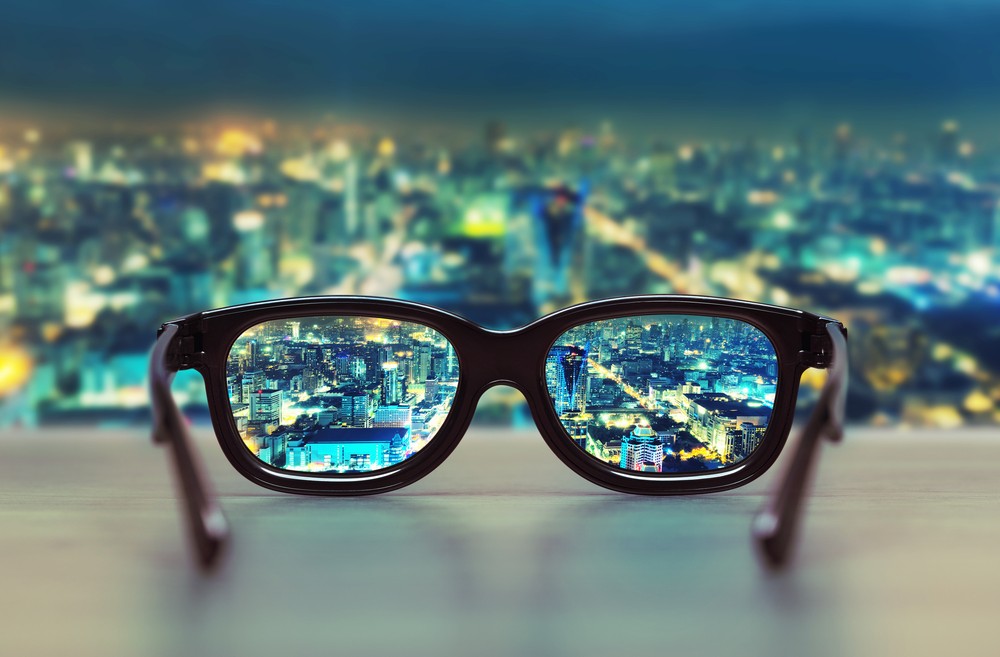
Self-adjusting lenses adapt to user needs
DeepOptics is developing is vision-enhancing wearable lenses, with sensors that gauge viewing distance, and precisely adjust the lenses to bring an object into focus. Electronic volts are sent into three layered liquid crystal lenses, changing the refractive index to provide the specific optical compensation needed to correct vision in every situation. The company also believes…
-

Ultra slim sensors for next generation wearables
LG Innotek has developed an ultra-thin optical bio sensor module for monitoring heart rate, blood oxygen, and stress. High-end smartphones typically include these modules, which complement fitness wearables and apps. LG claims that the new module is more accurate and uses less energy than current sensors. Because of its size, is can be used in very…
-
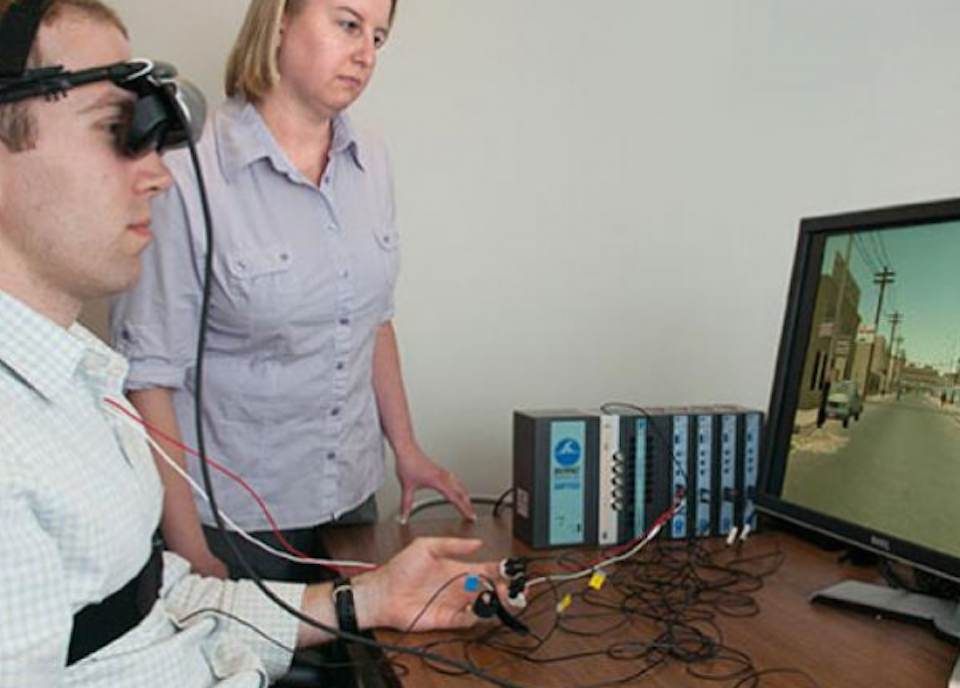
VR + sensors improve accuracy, speed of PTSD diagnosis
PTSD is often misdiagnosed. Symptoms can be confused with those of depression. Many clinicians lack the expertise needed to distinguish the condition, and therefore might not provide appropriate treatment. To address this widespread dilemma, Draper has developed a diagnostic system that combines virtual reality data with psychophysiological sensors. The sensors monitor heart rate, sweat, and…
-
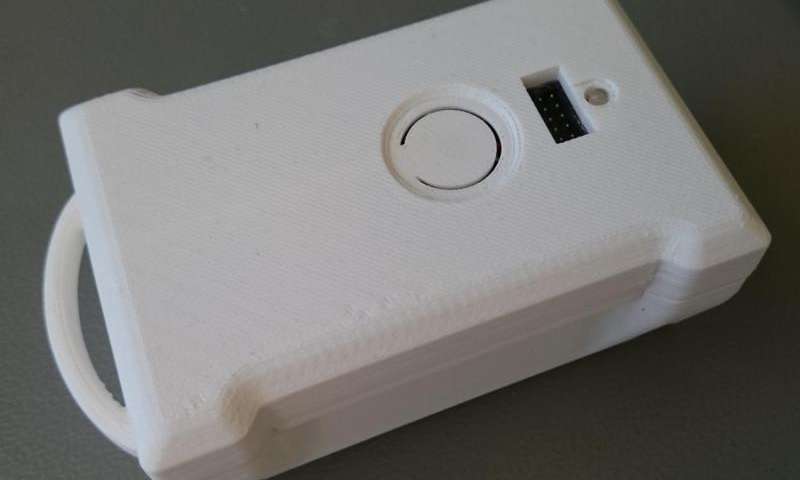
Pressure change sensor detects more fall types in seniors
SINTEF‘s Anders Liverud and Tellu AS colleagues have developed a fall detector able to detect more types of incidents, including “sinking falls” often missed by current sensors. These slow motion falls are difficult to monitor as they occur slowly, and the g-forces are not significant. Examples include when a senior slides down a wall, or…
-

Smart contact lens could detect Glaucoma progression
Columbia University’s C. Gustavo De Moraes has developed a contact lens sensor that can detect Glaucoma progression by constantly monitoring intraocular pressure. Doctors check eye pressure, but the measurement is not continuous, and not performed at night, when eye pressure typically rises. As eye pressure fluctuates, lens curvature changes. The sensor sends a signal to a wireless…
-

Coating enhances smart contact lens capabilities
Google and others are developing smart contact lenses meant to be the next wave of wearables. To broaden and enhance their capabilities, Drew Evans of the University of South Australia has created a biocompatible, conducting, nanoscale polymer lens coating. Potential applications include visual assistance through electronic displays and noninvasive glucose measurement through sensors. Wearable Tech +…
-

Smart socks sense pain, pressure in diabetic neuropathy
SenseGo smart socks have multiple sensors that monitor pressure from poor posture, over-exertion, or ill-fitting shoes, all which could lead to diabetic foot ulcers. Pressure points are registered as electrical signals, and relayed to an app which informs the patient of a developing risk. The washable sensor socks, developed by Hebrew University professor Yaakov Nahmias, can compensate…